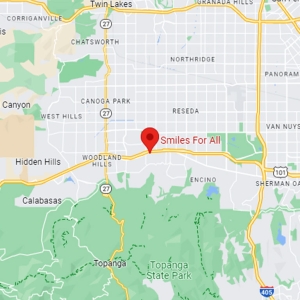FAQ
FREQENTLY ASKED QUESTIONS
Did You Know
Your child’s initial dental checkup should be scheduled when their first tooth erupts. After that, the American Academy of Pediatric Dentistry recommends a dental checkup at least twice a year for most children.
How To Brush?
1. Use a soft bristled brush. Synthetic bristles are preferred because natural bristles are more porous and tend to harbor oral bacteria. Be sure it is the right size. Generally smaller is better than larger.
2. Place bristles at a 45 degree angle to teeth. Slide tips of bristles under gums.
3. Jiggle bristles very gently so that any plaque growing under gums will be removed.
4. Be sure to brush the outside, the tongue side and the chewing surfaces of your teeth.
5. When brushing front teeth, brush inside surfaces of upper and lower jaws by tilting brush vertically and making several up and down strokes with the front part of brush over teeth and gum tissues.
6. Brushing your tongue will help freshen your breath. Debris and bacteria can collect on your tongue and cause bad breath.
7. Your toothbrush will only clean one or two teeth at a time. Change its position to properly clean each tooth.
8. Be sure to brush at least once every day to prevent plaque damage, preferably at bedtime. Adding a brush time after breakfast increases your chances of thorough daily plaque removal.
9. Don’t rush your brush. A thorough brushing should take at least three minutes.
10. Brushing teeth too vigorously or using a hard bristled toothbrush causes gums to recede and exposes root surfaces. It also wears down tooth structure. Both of these conditions can lead to tooth sensitivity.
11. A pea—sized amount of fluoridated toothpaste is all you need, should you choose to use toothpaste. • Replace your brush when the bristles begin to spread. A worn out toothbrush lain not properly dean your teeth.
How to Floss ?
Wrap about 18 inches of floss around the middle fingers of your hands. Hold the floss tightly, using your thumbs and forefingers, and gently guide it between your teeth. Don’t snap the floss as this can cut the gums. When the floss reaches the gum line, curve it into a C—shape against one tooth and gently slide it into the space between the gum and the tooth until you feel pressure against the tooth. Gently scrape the side of the tooth with the floss. Repeat this method on all your teeth. Move to a clean area of floss after one or two teeth.
“I understand and agree that each dentist is an independent contractor and individual practitioner licensed with the state of California, and individually and solely responsible and liable for his/her care and treatment. I understand and agree that SMILES FOR ALL__ is not responsible for any claims, losses, or injuries as a result of the care and treatment provided by any doctor, including any claims based on alleged negligence of any doctor.”



